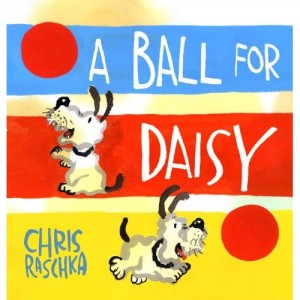teacher too, and word clouds are a cool way to pick out frequently used words from a text, so in a sense, word clouds are a little like notes (as in note-taking).
I've found a couple really cool websites that allow you to create your own word clouds by either pasting in a URL or by pasting text into their program. The results are really cool, and are sure to pique the interest of students.
I've tried several, and most create, well, kind of a blob of words in different colors and sizes (the largest of which are the most frequently used words, but this cool site, Tagexdo, let's you create shaped word clouds, which for me equals concrete poetry! You can either paste in text, or link to a URL and those words will be sorted into a cloud. Most let you choose a color scheme and font style, but Tagexdo lets you do that plus choose a shape. Shapes are limited, of course, but they have a wide variety which I believe could be used in the classroom with a little stretching of the imagination.
To test this out, I used my manuscript from Beco's Big Year, and here is the result:
Love it! These can be then transferred to mugs, t-shirts, etc., if desired. A class t-shirt or tote bag with student names could be a fun end of year project, or could be an awesome teacher gift!
Here are 6 ways you could use word clouds in the classroom:
1) Type in text from a book, as I did above, to create a visual reminder of the book or to be part of a book report.
2) Concrete Poetry, as I mentioned before. And why not? If students are studying a topic, give them their notes, help them to create an outline of their subject (trace an image that they've found in a resource, or find a printable outline online), and set them loose to fill their outline with words that pertain to that subject. This could also be done as a collage by cutting out words that pertain and gluing them into the outline
3) A cover for a subject report. Again, this could be done by hand, or through the use of technology. It's an engaging way to represent the report.
4) Use the word cloud as the report itself. It might help students to break up the image into sections, stained-glass-window-style, then write information (where this animal lives, what it eats, what type of animals it is, etc.) in each section.
5) Using Tagexdo to create the word cloud ensures that it consists of words, not sentences (which might be used in example number 3). Have students choose 5 words from the Tagexdo word cloud and present information about each. This will encourage the students to present more from memory than from simply reading aloud to the class.
6) Use a teacher-made word cloud as a study guide for your kids. You give them the topics in this fun, visually stimulating way, and they know what to study.
Any way you slice it, this is fun technology. What ideas do you have for using word clouds in the classroom?



















